Happiness is a warm pool - but how to heat it?
Swimming in a warm pool is a wonderful feeling, and while we hear from many pool owners in the cooler states & provinces that they really enjoy the experience of a warm swim from late spring or early summer through to autumn, the cost of heating their pool can be a major downer, even with a highly efficient system like a Heat Pump Pool Heater (HPPH). One of the things we’re asked a lot at EcoHome is “How can I reduce the cost of heating my swimming pool?”
There are clearly two factors here – just like when heating a home. On one hand we need to consider how to reduce the cost of the energy used to heat the pool, on the other hand we need to consider how to reduce the amount of heat a pool loses and therefore needs. If it loses less heat in the first place, a pool will cost less to keep warm because it needs less energy to maintain a constant and comfortable temperature after the initial heat-up period. APassive solar home designis always the cheapest to heat, environmentally speaking.
Each pool environment is different, so while the savings for each tip are universal in the scheme of things, they are not all universally applicable to a particular pool. Here are ten tips that will help save energy and money on pool heating costs and even if some will save more than others, each tip on their own will save on energy use to some percent – And as they say, there’s no such thing as a small economy!
We found a large choice ofmoney saving solar pool heaters online hereand we have a guide onsaving energy for swimming pools and hot tub operation here.
We’re going to start by tips to conserve energy over the years, right when planning a pool...

Tips to reduce energy use by good pool design
1)Pool Insulation to reduce heat loss:
When planning a pool, think insulation.All pool designs, including aNatural pool or swimming pond, can benefit by incorporating somerigid panel insulationunder and around the structure of a pool to save energy and costs in the long run. Regardless of where you are in the USA or Canada the ambient temperature of the ground is pretty constant, and it’s usually colder than the ideal temperature for enjoying a swim in the pool, so putting some insulation outside the thermal mass of the water retaining structure is a great first step in reducing the costs associated with heating a pool over the long term.
2) OptimizePool Mechanical Systems - (For the Vets out there, the 7P's) :
A well planned pool pump and filtration system helps energy efficiency & saves money.从一开始就计划在管道中安装额外的阀门,这样额外的游泳池加热系统,如热泵或太阳能电池板,就可以很容易地翻新或排水,以便在未来过冬。从长远来看,在规划和安装阶段多花点心思总是可以省钱的,而且在未来的几年里,你可以为你的游泳池安装最高效的加热系统。Instead ofthe classic Army acronym 7P's, perhaps we should rememberProper Planning Provides the Possibility of Peak Pool Performance?
3)Pool location in the yard:
Siting the pool needs careful thought for free heating!For passive solar heat gain it needs ideally to be located to get maximum sun - this is optimized "Insolation",不要与“绝缘!”同时,最好把泳池建在挡风的地方,因为风在泳池表面会产生涟漪或小波浪。通过蒸发散热是水温、空气温度、湿度和水池表面积的相互作用。一个平坦、宁静的游泳池的水面面积等于游泳池的物理尺寸。水塘上的涟漪和波浪增加了水的表面积,除了最热的日子外,更多的水面暴露在更冷的空气中,但也加速了蒸发造成的损失。将游泳池建在既能晒太阳又能挡风的地方是一个巨大的双赢,这将极大地帮助增加太阳能收益,同时减少供暖需求和相关的损失,导致更高的能源使用和成本。
4) Pool color effects the amount of solar gain - so choose color appropriately:
Black gets hot where white stays cool.Ever noticed that the color of your car effects how hot it gets when parked up in summer under a blazingly blue sky? It's exactly the same with swimming pools... If located in a year round hot climate zone like New Mexico, Texas, Southern California or Florida (or any other southern US state) then choosing the pool color shouldn't just be about aesthetics. Neither should choosing a darker colored pool be ignored if in Quebec, Ontario, BC, Montana, New York or Illinois and serious about enjoying a backyard pool for as much of the year as possiblewithout the pool heating costing the Earth. Literally.
Reduced pool heating costs = better savings
5) Use the Cheapest Source of Heat:
Solar should always be the primary heat source for a poolwhich will be a combination of good location in the yard to maximize sun exposure on the pool itself, combined with the pool color (tip 3) and by installing some hydronic solar panels. Solar heating is essentially free (there are some small increases in electricity for the costs of pumping water through larger solar panels, but it is minimal as this links to the pool filtration system anyhow if planned and built right.) The downside of solar, especially in more northern areas, is that it rarely meets the needs for a full season of heating demand or it fails, due to poor design, to provide heat fast enough or when the sun isn’t shining due to time of day or cloud cover for successive days. But when solar is a possibility and you have the initial budget to purchase a decent solar system with a Heat Pump Pool Heater backup, the combination of the two systems will be the best, most economical system available.
6) Choose the best time of Day for Heating to Run:
Setting the timer to run HPPH around noon helps to lower energy costs.对于使用热泵池加热器(HPPH)的系统,由于热泵从空气中获取热量,一天中运行HPPH的时间是一个重要的考虑因素。从逻辑上讲,运行HPPH的最佳时间是白天气温最高的时候。这是最容易调节的,设置您的过滤系统操作在一天中最热的时间,以及热泵池加热器(HPPH)只有在有水流动时才会操作。只要您的过滤是在一天中最温暖的时间运行,您的HPPH将以其最佳性能系数(COP)或效率,这是通过除以能量输出除以能量输入的测量来计算的。Pool热泵热水器的COP一般在3.0到7.0之间。It's probably possible to findsmart control systems for swimming pools, and if not, we're sure it will be shortly.
7) Speaking of COP, choose a high efficiency HPPH & size it correctly:
The COP is the efficiency rating of the HPPH.热泵池加热器是真正节能的,热泵池加热器的能效是通过性能系数(COP)来衡量的。游泳池加热器的COP越高,它的能源效率越高。通常,COP是通过测试室外温度为80度的热泵池加热器来测量的。cop值通常在3.0到7.0之间,相当于约500%的乘数。这意味着压缩机每消耗一单位电力,就能从压缩机中获得3-7单位的热量。这就是为什么为您的游泳池匹配合适的热泵尺寸对于最佳效率和最小化能源成本是最重要的。确定热泵池加热器的尺寸涉及许多不同的因素,所以当你确定热泵的尺寸时,要考虑到游泳池的表面积。基本上,加热器的大小是根据游泳池的表面积和游泳池和平均空气温度之间的差异。
The variables for pool heating:
- Wind exposure factors
- Humidity levels for the area
- The Cooling factor in areas of lower night-time temperatures
Heat pump pool heaters are rated by Btu output and horsepower (hp). Standard sizes include 3.5 hp/75,000 Btu, 5 hp/100,000 Btu, and 6 hp/125,000 Btu.To calculate heater size for an outdoor swimming pool, follow these steps to give an approximate required rating:
- Decide the preferred swimming pool temperature.
- Define the average outside temperature for the coldest month for pool use.
- Subtract the average temperature for the coldest month from the preferred pool temperature to give the temperature rise needed.
- Calculate the surface area of the pool in square feet.
Apply this formula to calculate the Btu/hour output rating of the pool heater needed:
Pool Area x Temperature Rise x 12 = Btu/h
This formula is based on 1º to 1-1/4ºF temperature rise per hour and a 3-1/2 mile per hour average wind at the pool surface. For a 1-1/2ºF rise multiply by 1.5. For a 2ºF rise multiply by 2.0.
Conclusion? It means it’s best to buy the highest COP-rated unit in your budget while ensuring the model selected has the heating capacity, or BTUh, to meet the calculated heating demand needed.Find out how hot water heat pumps work and why you should get one here.
8) Choosing the best solar heating panels for swimming pools
Solar pool collectors vary in efficiency and cost- the trick is finding the best compromise that covers your needs. Solar panels are made out of different materials and the type you'll need depends on your climate and how you intend to use the collector. If you'll only be using your pool when temperatures are above freezing, then you'll probably only need an unglazed collector system. Unglazed collectors don't include a glass covering (glazing). They are generally made of heavy-duty rubber or plastic treated with an ultraviolet (UV) light inhibitor to extend the life of the panels. Because of their inexpensive parts and simple design, unglazed collectors are usually less expensive than glazed collectors. These unglazed systems can even work for indoor pools in cold climates if the system is designed to drain back to the pool when not in use. Even if you have to shut the system down during cold weather, unglazed collectors may be more cost effective than installing a more expensive glazed collector system.
Example of how a solar collector for pool heating works:

上釉集热系统通常是由铜管在铝板上与铁钢化玻璃覆盖,这增加了它们的成本。In colder weather, glazed collector systems—with heat exchangers and transfer fluids—capture solar heat more efficiently than unglazed systems.
Therefore, they can be used year-round in many climates. Glazed collectors also can be used to heat domestic hot water year-round though both glazed and unglazed collector systems should include freeze protection if they'll be used in colder conditions. Formore detailed instructions on solar swimming pool heaters, see the US Government site here.
9) Reduce the thermostat setting a few degrees & save money:
Few people realize what a big percentage saving each degree of reduction in temperature makes.一个重要的一点要记住,当寻找以更环保的方式运行游泳池和节约对游泳池加热是游泳池温度恒温器设置。很明显,但经常被忽视,你把游泳池加热得越热,保持它在一个更高的操作温度的成本就越高。
Each degree rise in temperature equates to an approximate 15-18% increase in energy use and operation cost. So, while an 88°F pool is lovely & warm, it will cost a lot more to heat than a pool set to warm to 85°F. Everybody has their own “thermostat” and comfort level when it comes to pool temperatures - just look at home temperatures! Likewise with a pool’s water temperature; warmer is nice but costs more - simple thermodynamics and economic math.
10) Reducing pool evaporation saves energy & money:
Evaporation is by far the largest source of energy loss from a pool. Evaporating water requires tremendous amounts of energy. It only takes 1 Btu (British thermal unit) to raise 1 pound of water 1 degree, but each pound of 80ºF water that evaporates takes a whopping 1,048 Btu of heat out of the pool.
This diagram shows outdoor pool energy loss percentages:

In any backyard pool across the USA in a climate zone with 4 seasons, there's a 70% energy loss from evaporation, 20% from radiation to sky, and 10% to ground and other. Heat loss of any pool, heated by any means, is primarily driven by evaporation from the surface of the pool. Upwards of 70% of heat loss is through evaporation. Controlling the evaporative loss is therefore a key factor in reducing heating cost and there are several methods of achieving these savings, some more Eco-friendly than others.
One method is to install a solid roller blanket type pool cover.最永久(和昂贵)的选择也被认为是一种“安全”的毯子,以及一种保温/防止蒸发的方法。它的典型特征是自动卷帘式操作,将重型乙烯基毯在泳池表面滚动。它们完全覆盖了泳池的表面,通过它们的设计和建造,将承担一个无意中进入泳池区域的孩子的重量,为孩子们创造了一个非常安全的环境,只要在他们接近泳池之前关闭。这些池盖的附加价值是,它们还将蒸发率降低到接近零的水平。Excellent for safety and efficiency, but maybenot so good for the environment due to their extensive use of vinyl as a construction material. (see here)
泡沫式卷起式泳池盖有多环保?
Another type of pool cover or blanket which is much more affordable, but with no safety value, is what is called a floating blanket. This blanket is simply a thin vinyl, polyethylene or polypropylene sheet manufactured with tiny air bubbles… think bubble wrap on a large scale. This blanket does an excellent job of heat retention through the prevention of evaporation, and if they are colored and stabilized against UV appropriately, they can accelerate solar gain of a lighter colored pool. However, they are not safety blankets and actually carry a safety risk should a child enter the pool area with a floating blanket in place. The blanket can become an entrapment hazard due to its free-floating nature and the tendency to wrap around an individual who ventures onto it (as Lethal Weapon demonstrated in 1987).
Many who have considered or used both of the above described blankets also consider them to be unsightly, difficult and/or expensive to use - and as we said, surrounding ourselves with vinyl is not a great choice of material sopolyethylene may be a better choice (see here).The last type of blanket available on the market is the Liquid blanket, so we should look at that.
什么是游泳池的液体太阳能罩?
A liquid solar cover is a microscopically thin layer of alcohol that sits on top of the water of a pool. This layer reduces water evaporation which is a major cause of water heat loss and there are liquid solar covers which have been FDA and EPA approved to use in swimming pools. Some have also been approved by the NCAA (The National Collegiate Athletic Association). According to certain patents, it’s is a combination of:
"an aliphatic alcohol component having from 12 to 24 carbon atoms per molecule combined with calcium hydroxide"
The calcium hydroxide appears to be just a carrier and dispersing agent, so chemistry aside, the operative phrase is “one molecule thick.” It uses such a small amount of liquid that you shouldn't feel it, nor is there any case we're aware of it causing physical harm to swimmers.
How to use liquid solar covers
- Purchase enough liquid solar cover to last at least a couple of months as this will save postage costs. How much you need depends on the size of your pool. Expect to spend anywhere from $10 to $20 a month and maybe a little more if you have a large pool.
- 计划添加产品。当你计划添加液体太阳能罩时,最好每月定期添加产品。一旦你制定了这个计划,就要坚持下去。为了使它有效,需要定期添加。
- Simply pour the liquid blanket in the right quantity into your pool on your set day. The liquid solar cover will float to the top of the water and disperse across your pool binding together to form the blanket.
这就是它的全部,显然它不能更容易使用液体太阳能池盖!
While this solar blanket poses no safety risks, is easy to use, will not have a negative effect on the pool filtration system and is inexpensive, it would also seem to carry the lowest level of effectiveness. These liquid solar blanket’s performance are affected by wind speed at the surface of the pool as well as water features that break the surface of the pool creating pool surface agitation. While it is the least effective of the three types of blankets, we have to say it is still better than doing nothing to stop pool evaporation.
So, there you have the EcoHome Top Ten Tips for saving energy & money on Swimming Pool Heating - fromthe EcoHome Green Building Guides.If You've any other helpful comments, ideas or questions, please post them below.
















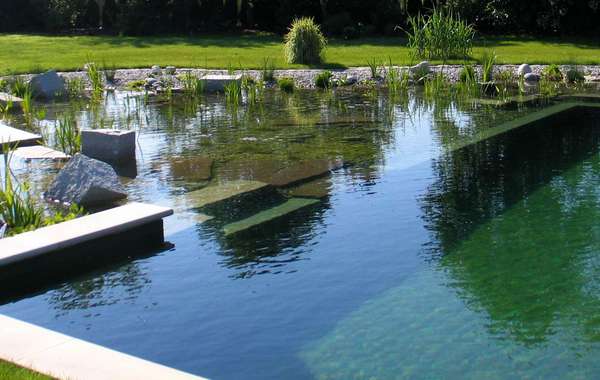
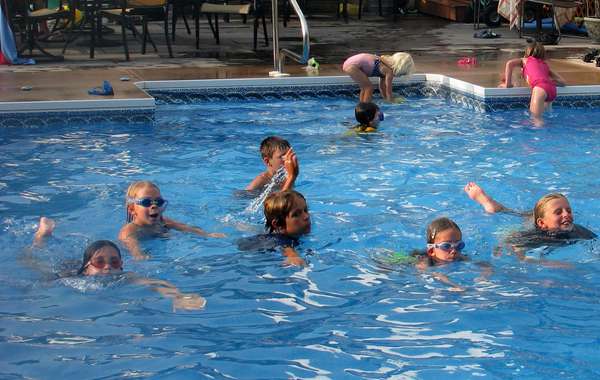
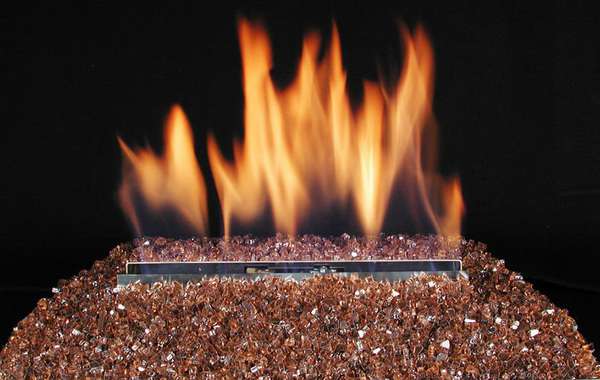
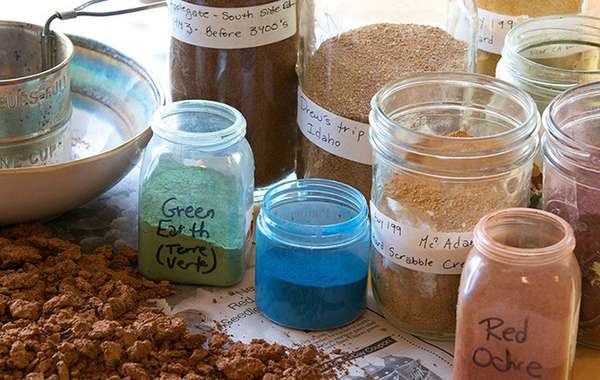
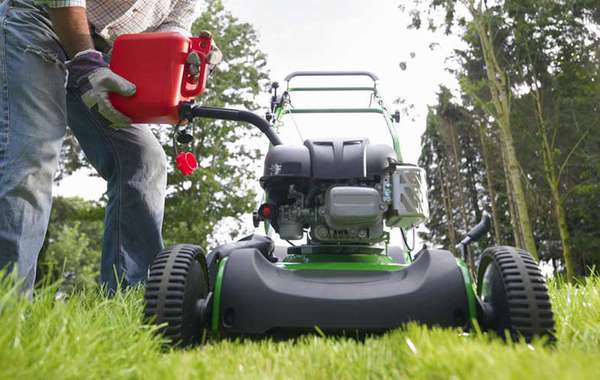
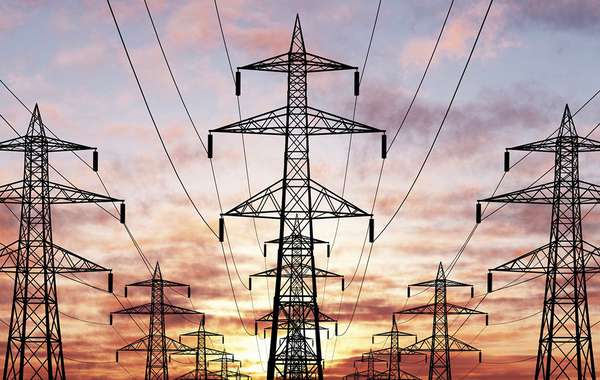
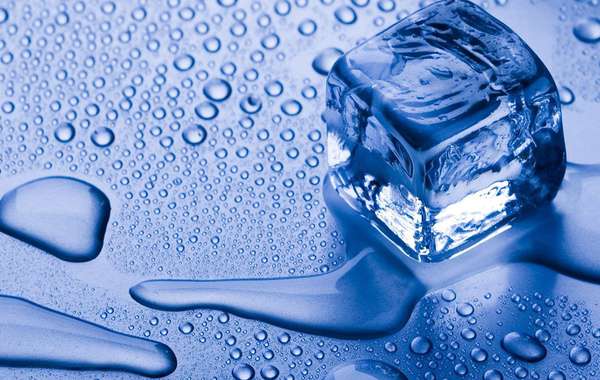

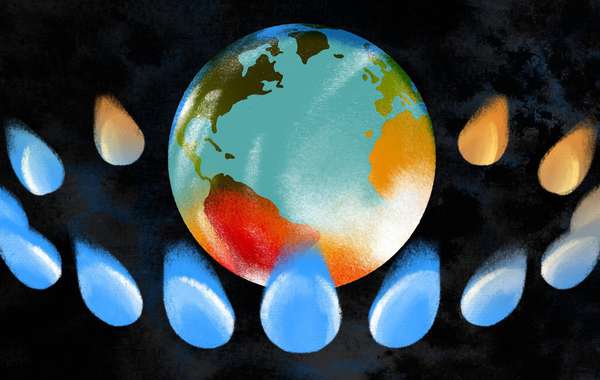
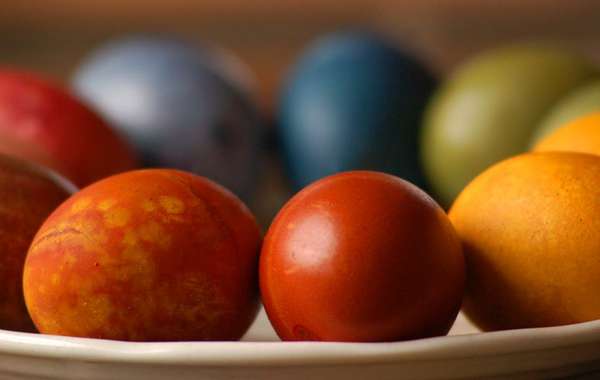
Comments (0)
Sign Up to Comment